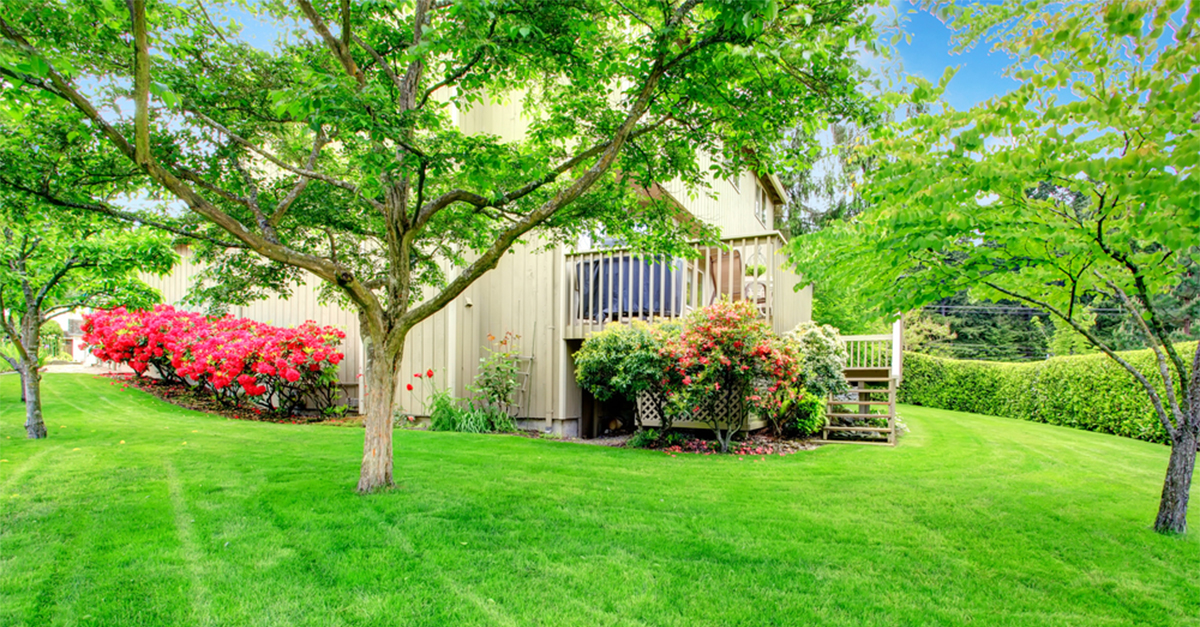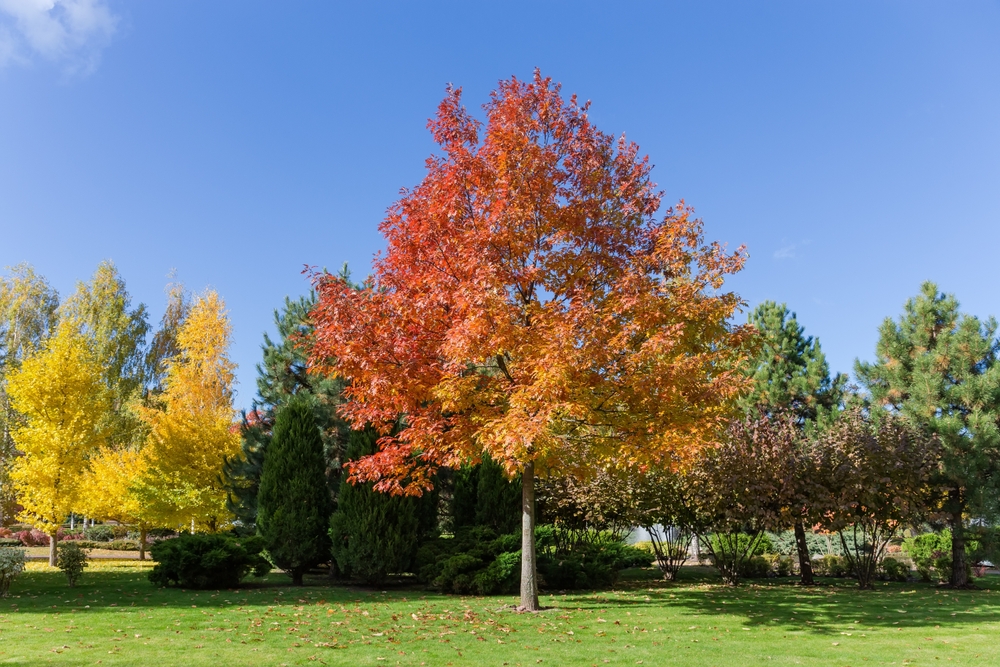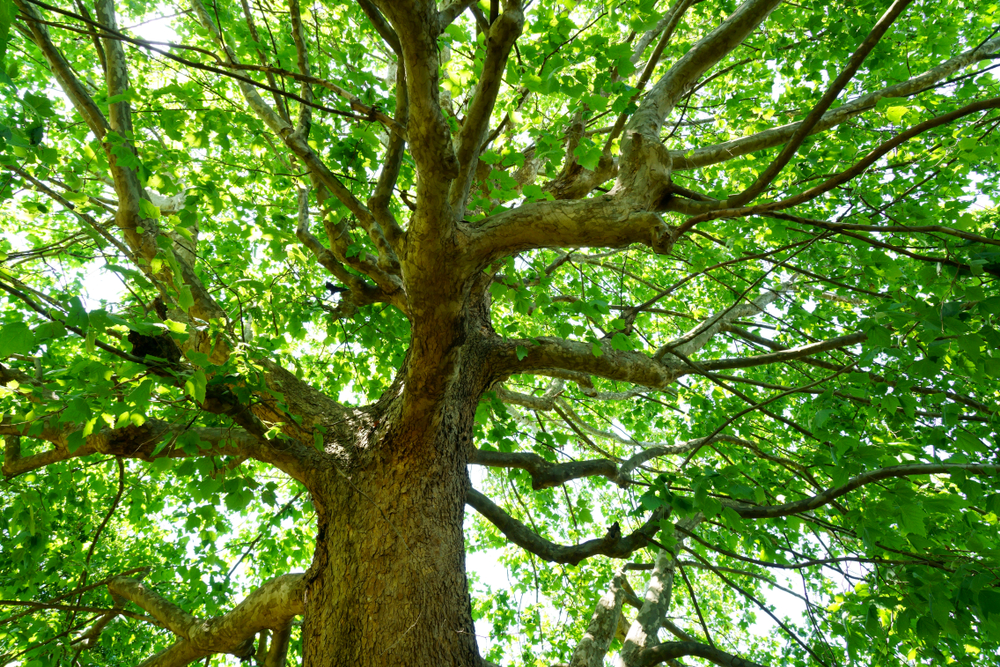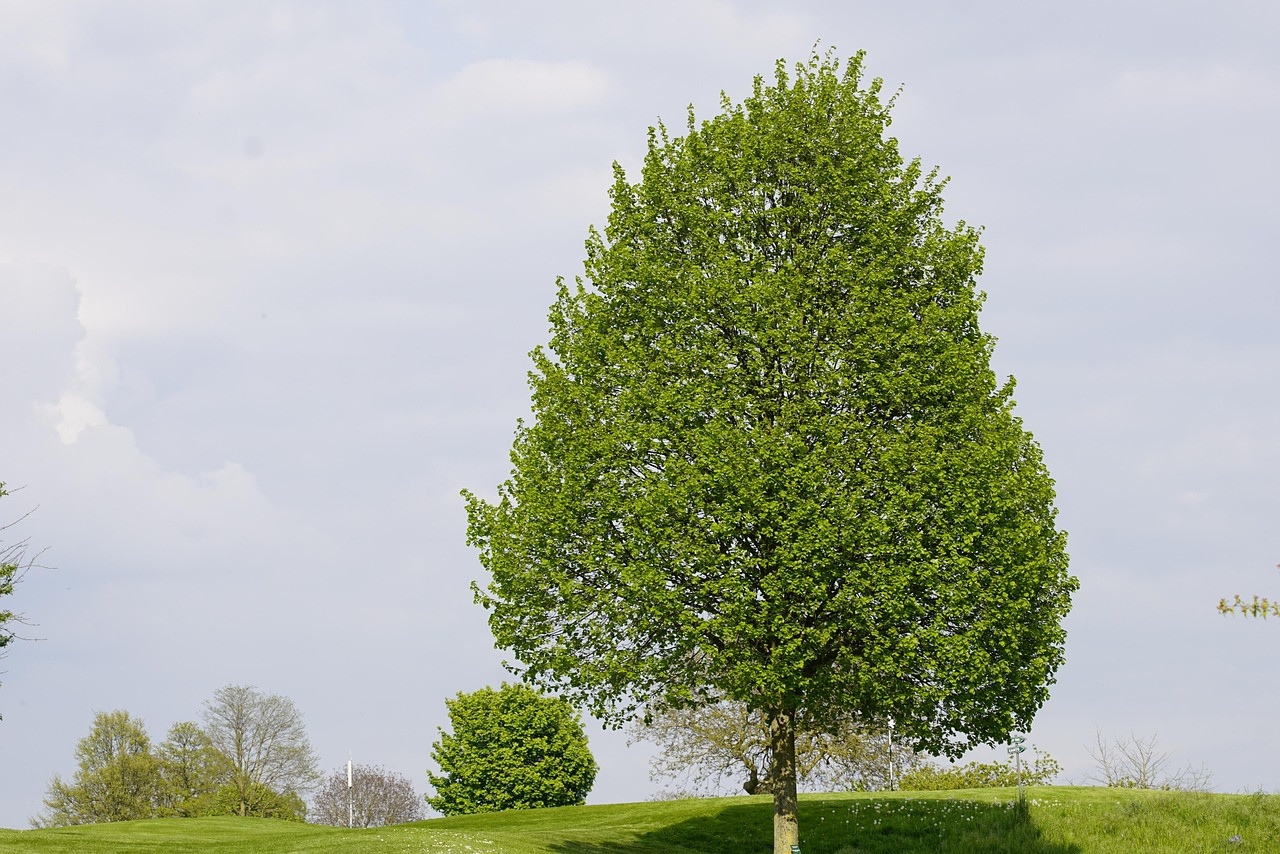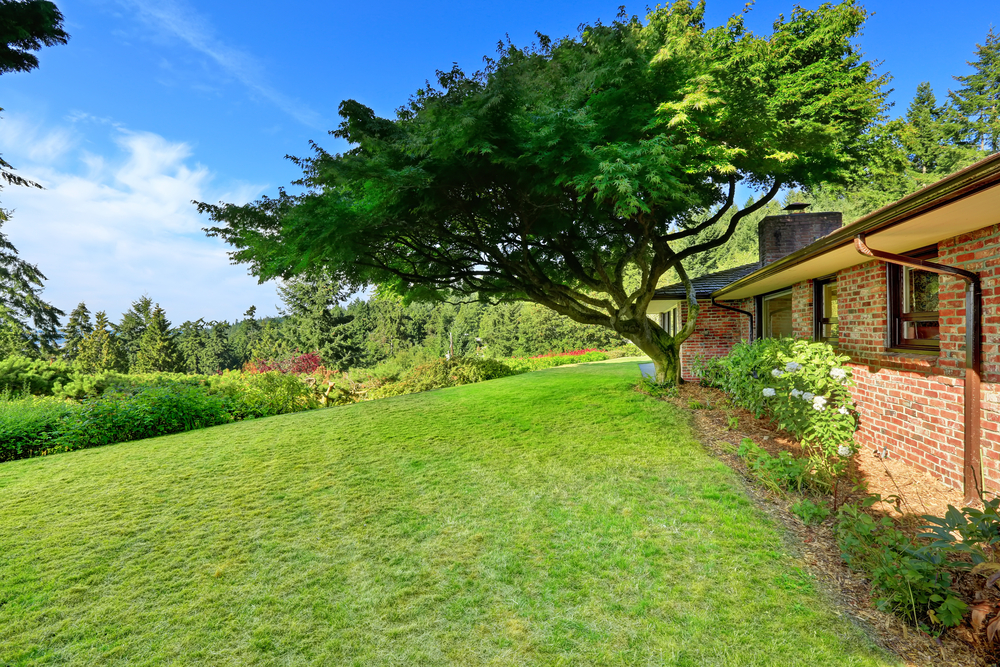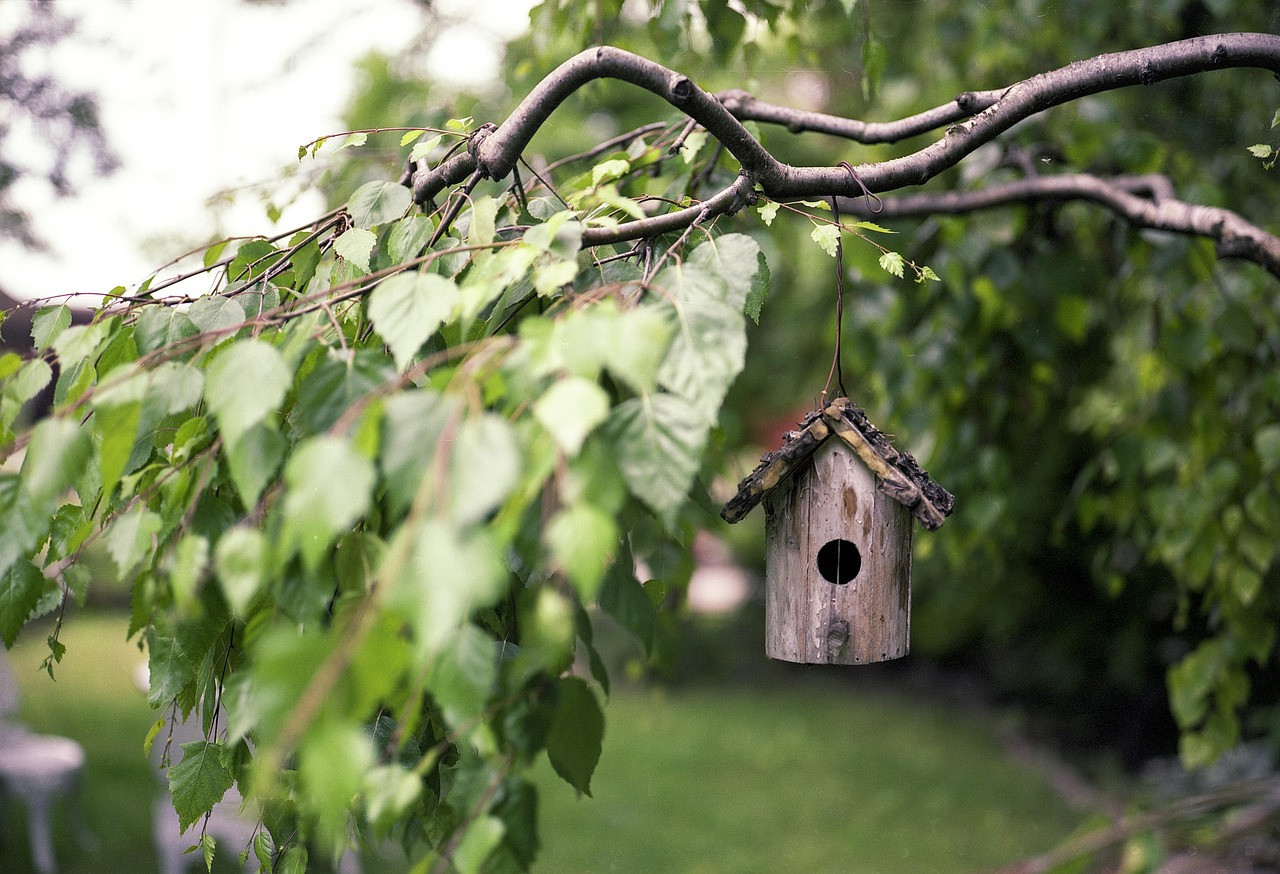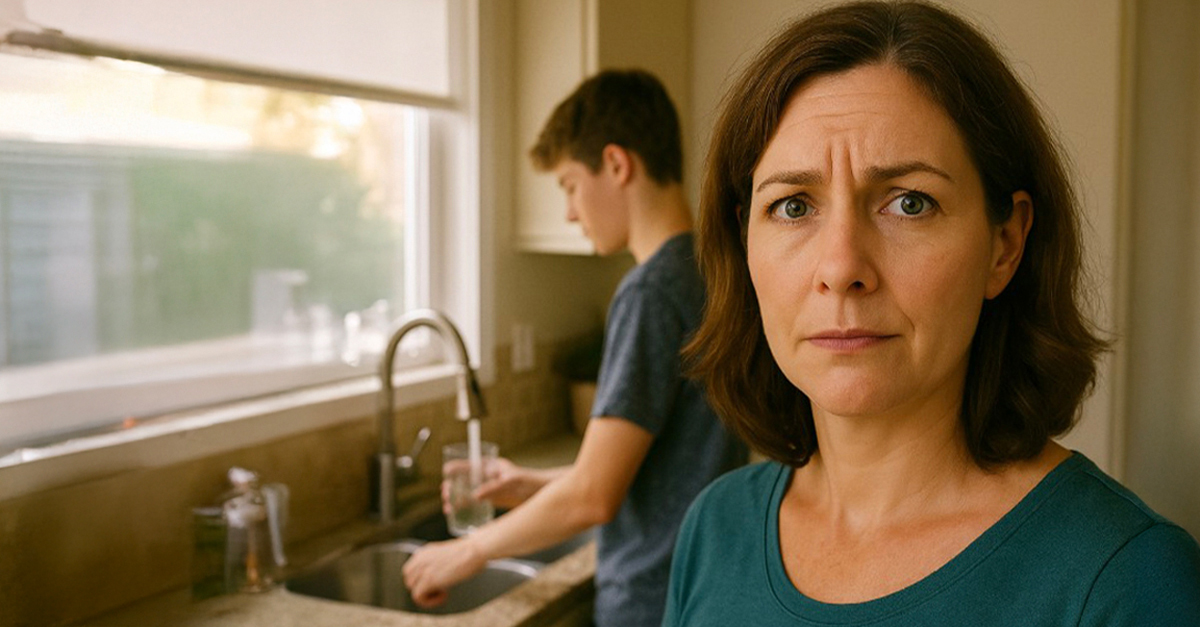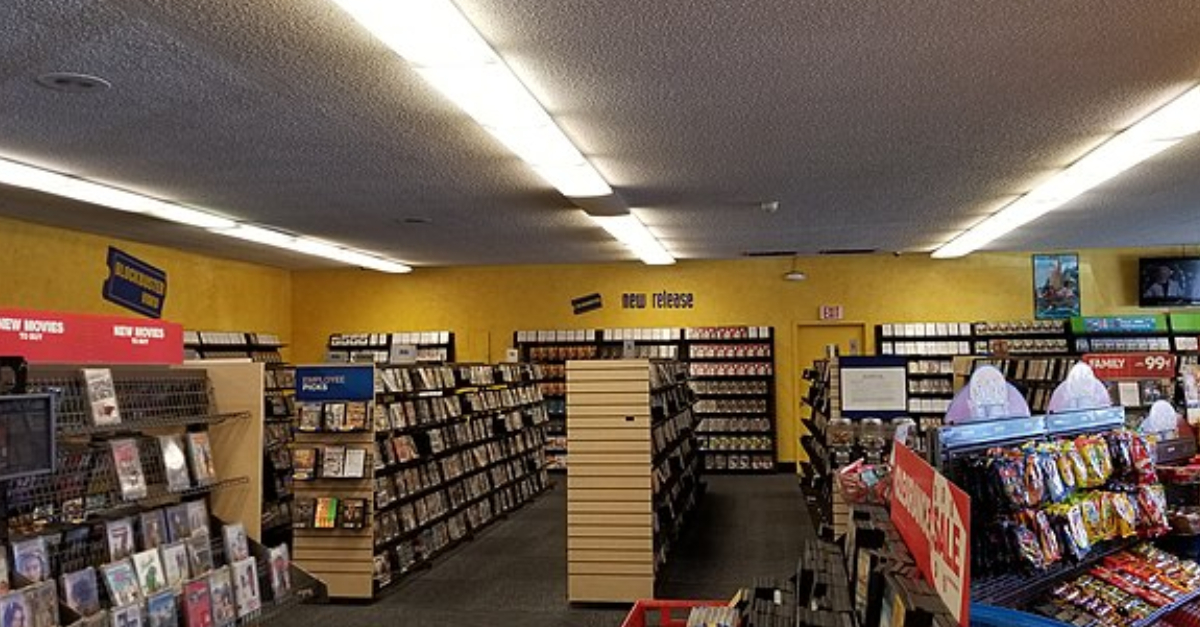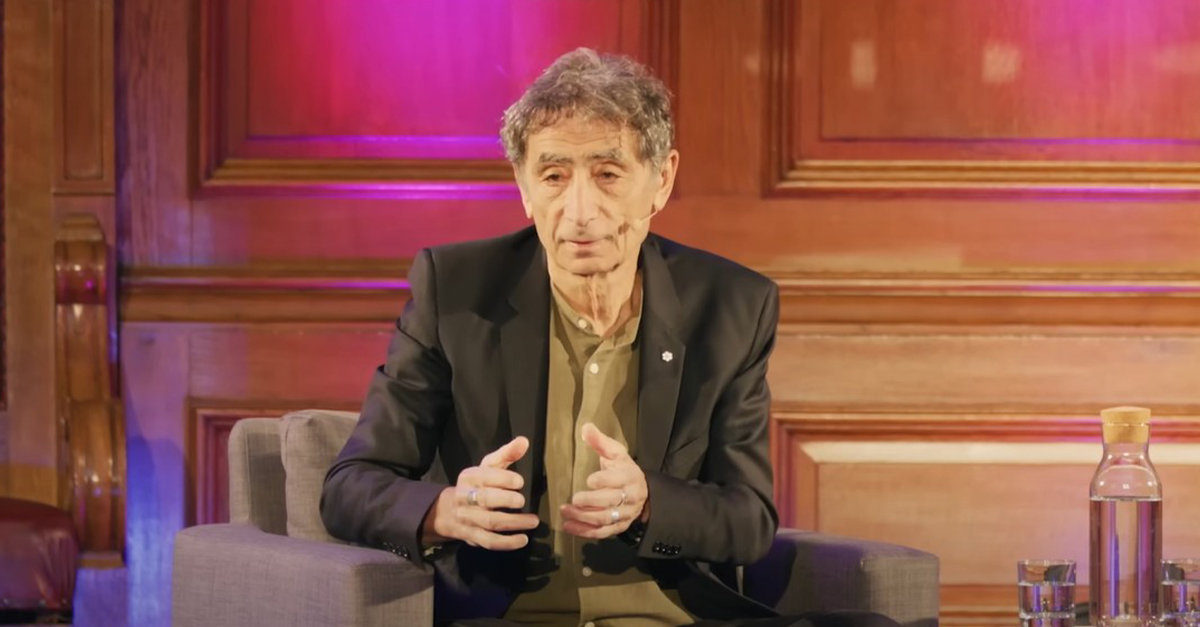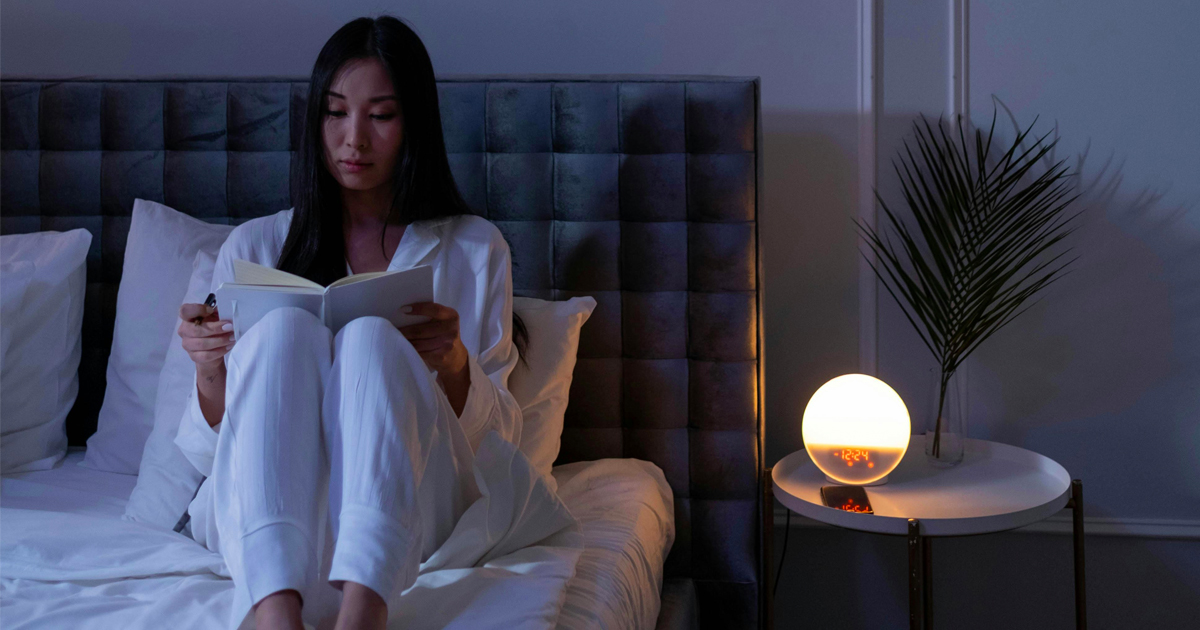If you want to create a cool, inviting outdoor space, planting trees for shade is a great long-term investment. Shade trees provide relief from the sun, reduce cooling costs, improve air quality, and boost property value. Choosing the right trees will depend on your region, space, and preferences. Let’s look at the best options.
Oak Trees Give Beautiful, Long-Lasting Shade
Oak trees are a popular choice for their wide canopies and longevity. Species like the Northern Red Oak or White Oak can grow 60–80 feet tall with a similar spread. They grow slowly at first, but become majestic and dependable shade trees. Oaks are wildlife-friendly, attracting birds and supporting biodiversity.
Maple Trees Give Fast-Growing Cover
If you want quicker results, maples are solid options. The Red Maple and Silver Maple are fast-growing with broad canopies that cast a wide shade. Red Maples also have beautiful fall foliage, giving seasonal appeal to your yard. Be sure to plant maples where their surface roots won’t interfere with the driveway or walkways.
Tulip Trees: A Showcase Of Towering Beauty
Tulip Poplars, aka Tulip Trees, are another good shade tree possibility. These can reach 70–100 feet and have a pyramidal shape giving high, filtered shade. They grow fast and produce unique, tulip-like flowers in the spring. Tulip Trees are best for larger yards that have lots of room to grow.
Sycamores Add Wide Canopies And Character
American Sycamores are noted for their impressive size and distinct mottled bark. These trees can reach over 100 feet tall with a canopy spreading up to 70 feet. They’re especially good for covering large areas and are often planted in parks or spacious yards. Sycamores also do well in an urban setting.
Lindens Are A Shade-Tree Gem
Littleleaf Linden and American Linden trees provide a thick, heart-shaped canopy perfect for deep shade. These trees bloom with fragrant, pale-yellow flowers in early summer and are a strong draw for pollinators. Lindens are relatively low-maintenance trees and thrive in city or suburban environments, making them a solid all-around choice.
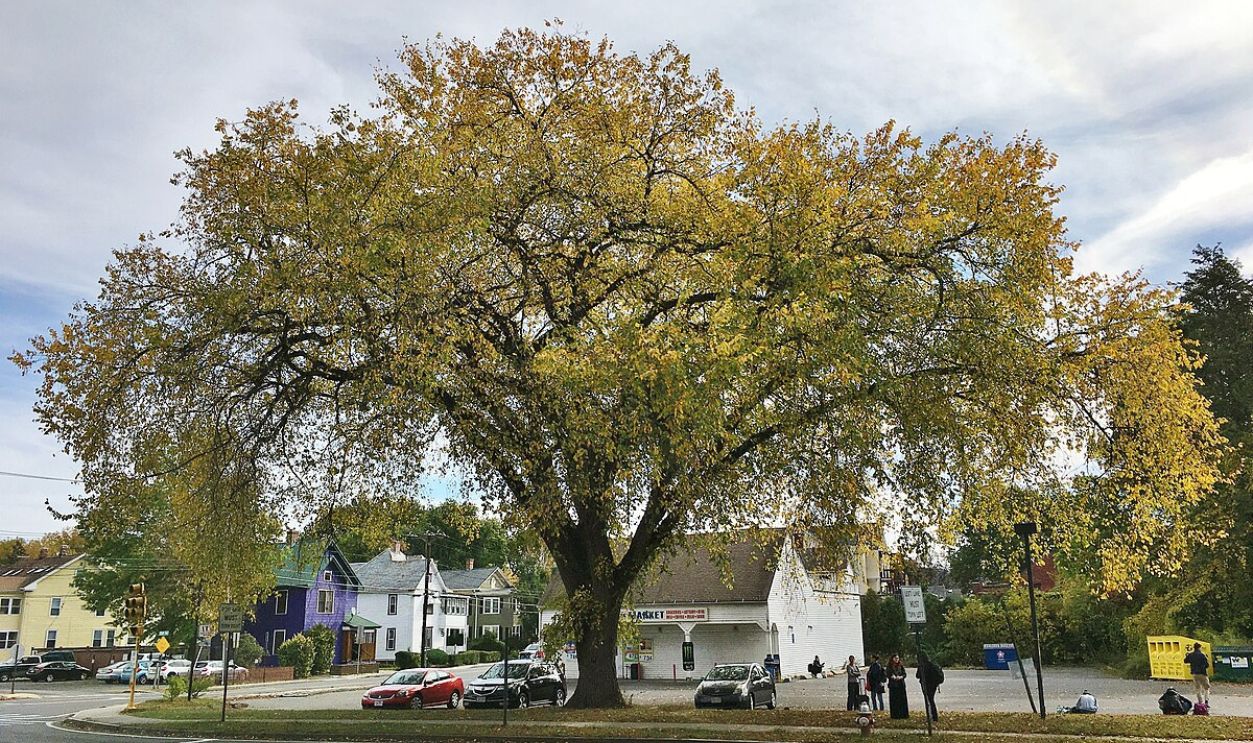 Marty Aligata, CC BY-SA 4.0, Wikimedia Commons
Marty Aligata, CC BY-SA 4.0, Wikimedia Commons
Disease-Resistant Elms Make A Comeback
While Dutch Elm Disease devastated native elms, new disease-resistant hybrids like the Princeton and Valley Forge Elms are thriving. Elms grow fast and provide an umbrella-shaped canopy perfect for casting shade down on streets and yards. They’re robust and adaptable, which makes them worth consideration.
Focus On Native Trees For Future Success
Native trees often need less maintenance and are hardier in your local climate. Depending on what region you’re in, native options might encompass Sweetgum, Hackberry, Eastern Redbud, or Black Gum. Talking with a local extension service or nursery can help you choose the proper tree for your environment and soil type.
Hints For Successful Planting
When planting for shade, think about how the sun traverses your yard in the course of the day. Plant your shade tree on the south or west side of your home to make the most of its cooling benefits. Leave ample room for root expansion and canopy growth. Water young trees frequently until they’re established. Mulch around the base to hold moisture and protect roots.
Shade Trees Are Good For The Planet And Your Pocketbook
Aside from keeping your yard cooler, shade trees cut your energy bills by lowering indoor temperatures. The U.S. Department of Energy says that well-placed trees can reduce air conditioning use by up to 30%. They also absorb carbon dioxide, soak up stormwater, and provide wildlife habitat.
You May Also Like:
20 Water-Saving Tips For A Greener Yard

